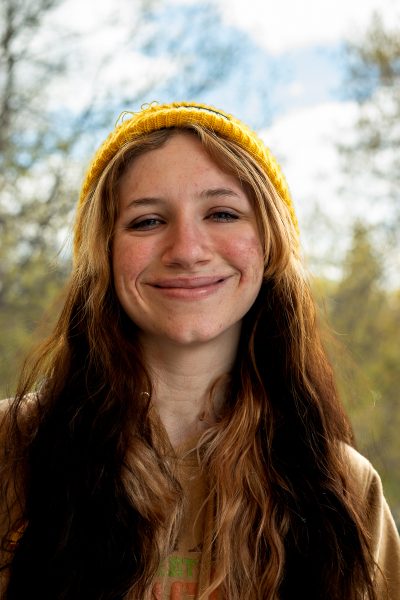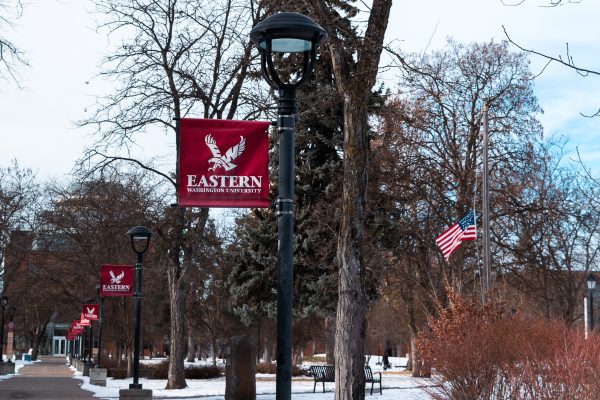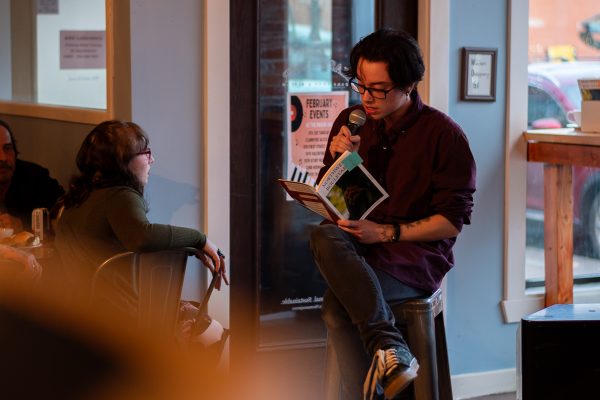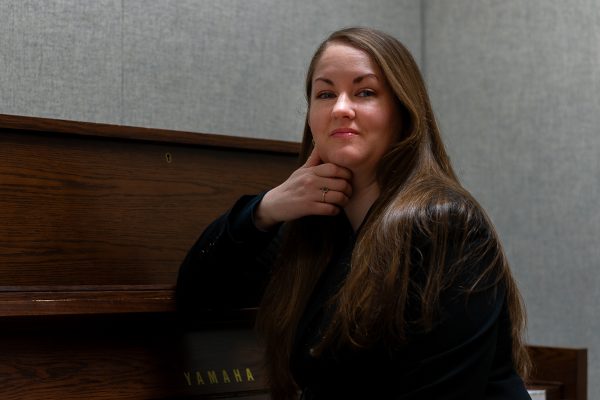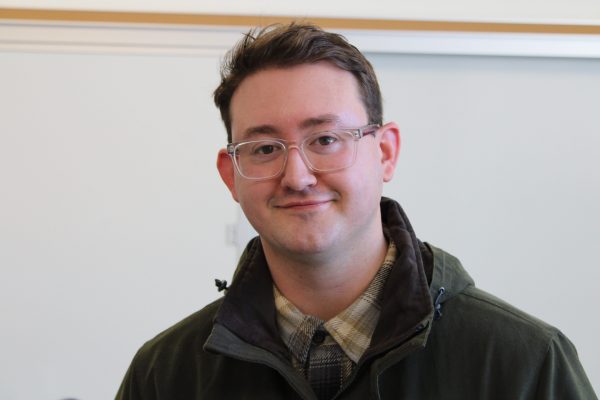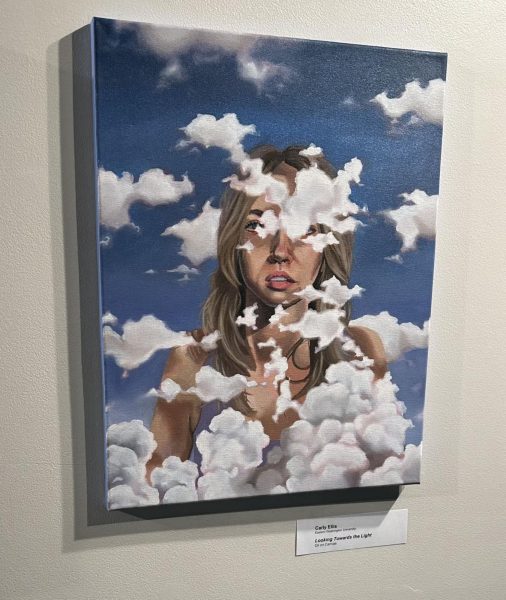Japanese American Internment Camp Photos to Encourage Students to Make Connections with Those Detained
May 9, 2023
Frank Hirahara was only 15 when he was taken to an internment camp with his family in 1942. He was there for 3 years as one of the more than 120,000 Japanese Americans placed in internment camps during World War II.
“Frank Hirahara would have been the same age as a lot of the students here,” said Steven Bingo, Eastern Washington University archivist. “In the last year of the war, he was attending Washington State University.”
Photos from Heart Mountain War Relocation Center, located in Wyoming, were on display in the JFK Library from April 17-28th. The photos serve as a powerful reminder of American history and resistance, but also provide observers with the opportunity to make connections between themselves and the people detained, Bingo said.
The 2712 photograph collection documents the lives of people around George and Frank Hirahara, Japanese-American father and son detained in the camp. Focused on the everyday lives of those in the Heart Mountain War Relocation Center, the photos do not immediately portray the discriminatory circumstances of their capture.
“The discrimination that we see, even though it’s not foregrounded in a lot of the pictures, it is there in the background everywhere we look. And sometimes that’s how discrimination feels today,” said Bingo.
Though the interned Japanese Americans were deemed “loyal” in 1945, Bingo used the anti-Asian sentiment that arose during the COVID-19 pandemic as an example of how discrimination has persisted into present day.
“The underlying suspicion and discrimination against Asian Americans hasn’t really gone away – it’s changed. But you still see hints of that, right? Especially in times where we feel a little more xenophobic, that still surfaces,” Bingo said.
The photograph collection includes documentation of what the Hiraharas and those around them believed to be important in their everyday life. George Hirahara operated his own unprofessional photography business from 1943 onwards, after cameras were first allowed in the camps. Frank Hirahara thoroughly documented his school life. Many photos are of babies, weddings, youth culture, festivals, and art.
“I would invite students here to think about how they would view the experience through their lenses. In a lot of ways, they probably would have seen a lot of the same things that Frank would have seen,” Bingo said.About 1000 photos of Hirahara’s photography collection can be found online here.



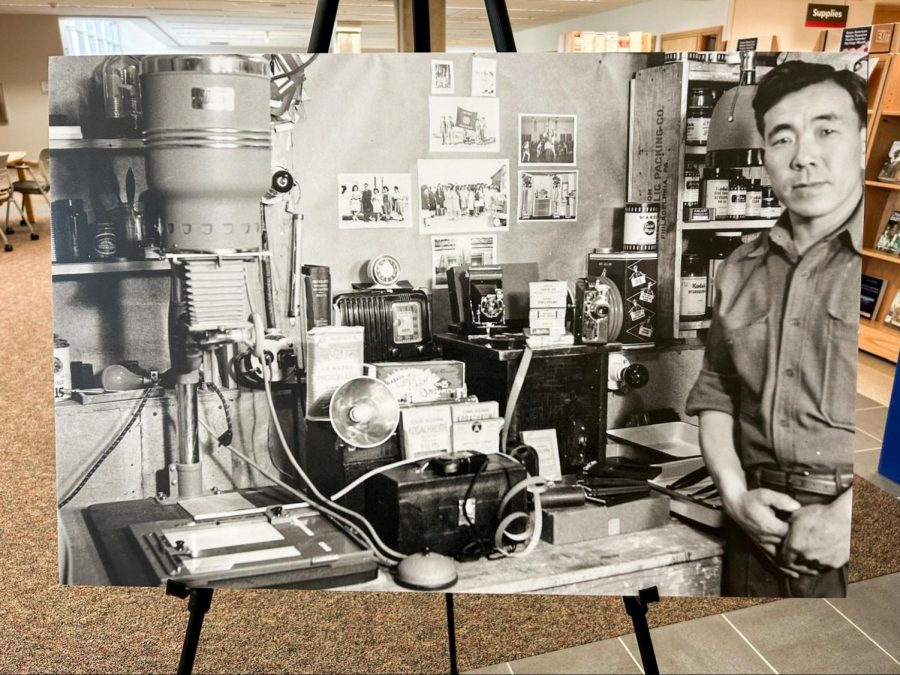


![Simmons said the biggest reasons for her success this year were “God, hard work, and trusting [her] coach and what she has planned.”](https://theeasterner.org/wp-content/uploads/2024/05/image1-1-1200x800.jpg)

